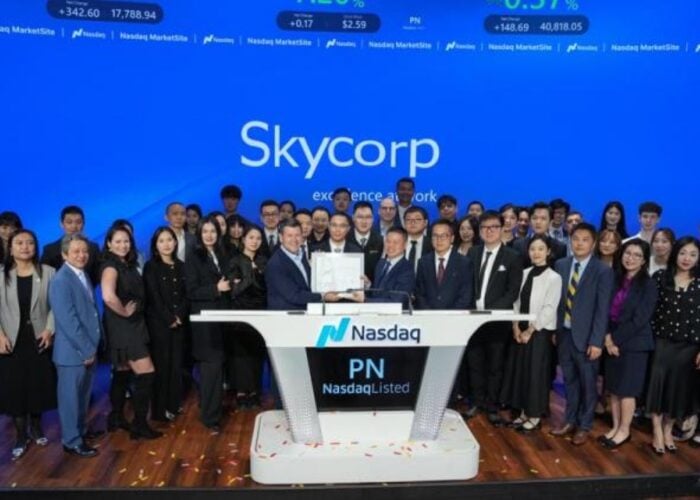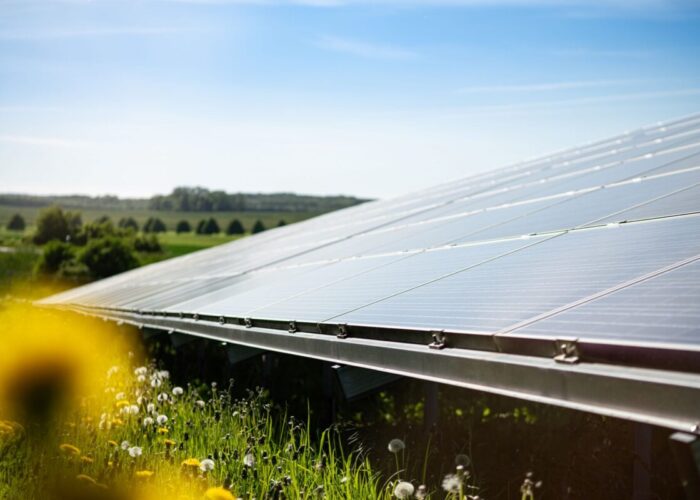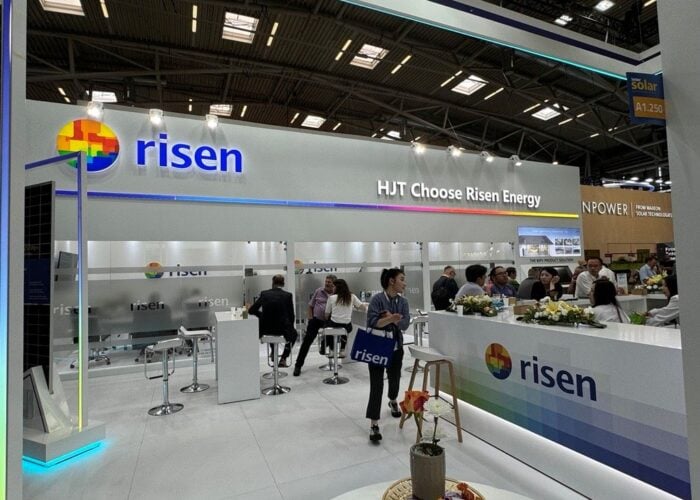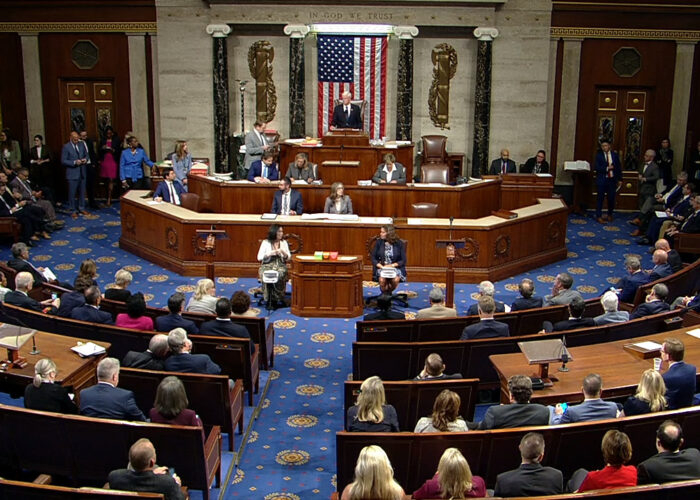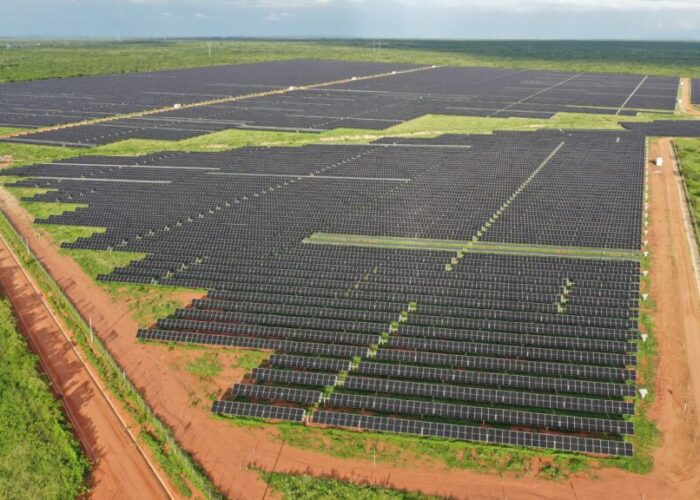In an attempt to debunk recent reports from Bloomberg New Energy Finance (BNEF) and IHS over the timing and location of the next wave of PV equipment capital spending, NPD Solarbuzz expects the upturn to be delayed due to PV module manufacturers adopting ‘fabless’ and ‘virtual manufacturing’ strategies through to the second-half of 2014.
According to Finlay Colville, vice-president at NPD Solarbuzz, “Capacity available from tier 2 and tier 3 manufacturers in China has created a virtual fab with over 12GW on offer. Therefore, leading module suppliers in Japan and China can increase shipment levels well above in-house capacities while running internal lines as low as 80% utilization.”
Unlock unlimited access for 12 whole months of distinctive global analysis
Photovoltaics International is now included.
- Regular insight and analysis of the industry’s biggest developments
- In-depth interviews with the industry’s leading figures
- Unlimited digital access to the PV Tech Power journal catalogue
- Unlimited digital access to the Photovoltaics International journal catalogue
- Access to more than 1,000 technical papers
- Discounts on Solar Media’s portfolio of events, in-person and virtual
The term ‘fabless’ comes from the semiconductor industry, as well as terms such as asset-lite,’ which have been at the cornerstone of the growth of fabless semiconductor companies, such as Qualcomm, which have successfully competed against once dominant integrated IC (Integrated Circuit) manufacturers. Currently, only Upsolar follows the fabless PV module business model.
However, as Colville recently highlighted in an exclusive PV Tech blog, excess PV production capacity, mostly located in China is said to stand at around 12GW, enabling tier 1 manufacturers such as Yingli Green Energy and ReneSola to guide module shipment guidance for the year, well in excess of internal nameplate capacity.
BNEF recently reported that many tier 1 suppliers were running at full-capacity and would remain so through the rest of the year, concluding that new capacity expansions were imminent, raising the hopes of equipment suppliers, which have seen new order intake during 2013, decline to a nine-year low, according to Colville.
In contrast, NPD Solarbuzz said that it was still too early to signal an upturn in CapEx spending based on the lack of any real new capacity additions by leading manufacturers.
New manufacturers in emerging markets are not spending huge amounts on large capacity facilities, rather focusing on establishing manufacturing operations and initially target local markets as they grow.
Colville also squashed expectations of a spending recovery from the perspective of multi-GW capacity accumulated at both Suntech Power Holdings and LDK Solar, which are both in serious financial troubles.
There has been recent interest from the likes of Yingli Green and Trina Solar to absorb production capacity at Suntech as its Wuxi, China production plants operate under bankruptcy proceedings. Colville noted Chinese manufacturers have yet to absorb such operations, either through direct acquisition or secondary equipment purchasing.
Currently, the majority of third-party module production remains with dedicated firms such as Jabil Circuit and the lack of a dedicated ‘foundry’ sector could mean that the use of virtual manufacturing capabilities of underutilised plants in China is short lived.
However, with the move by TSMC in Taiwan, the largest global semiconductor foundry to enter the CIGS thin-film market, a pure-play PV fabless and foundry business model could still emerge in the future.
This could be spurred-on as the need to rapidly scale leading-edge technology for high-efficiency modules to compete and provide sustainable cost reductions becomes either a barrier to entry for many or a necessity for smaller players to remain competitive as material cost reductions slow due to ASPs of polysilicon bottom-out, according to GTM.

